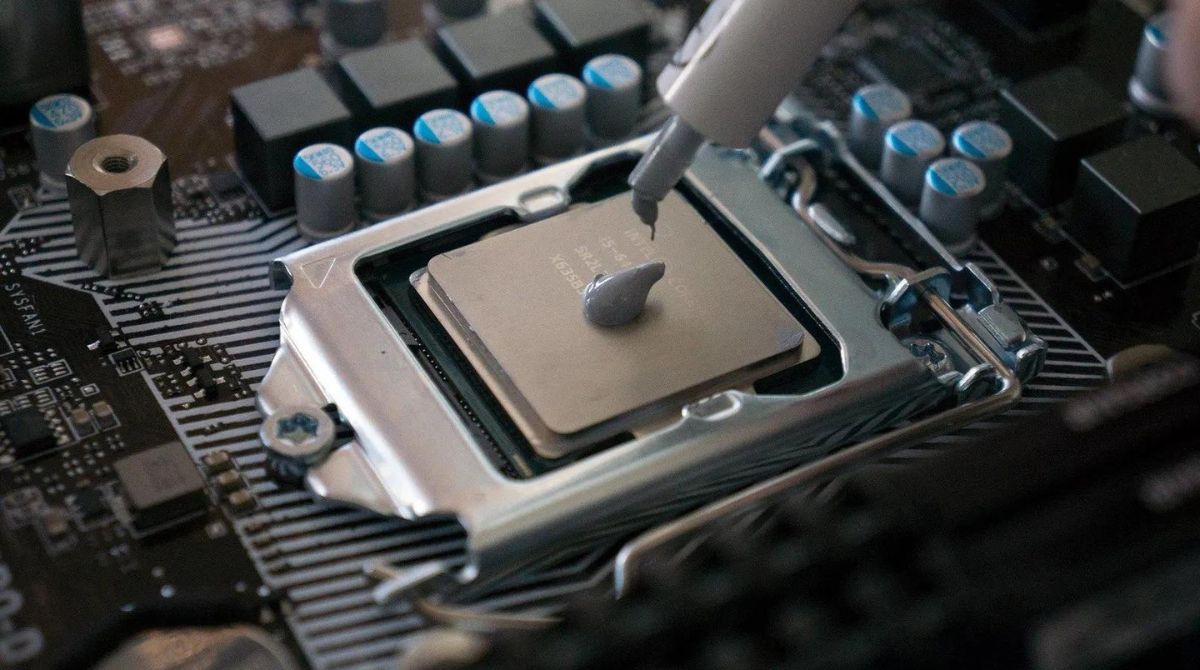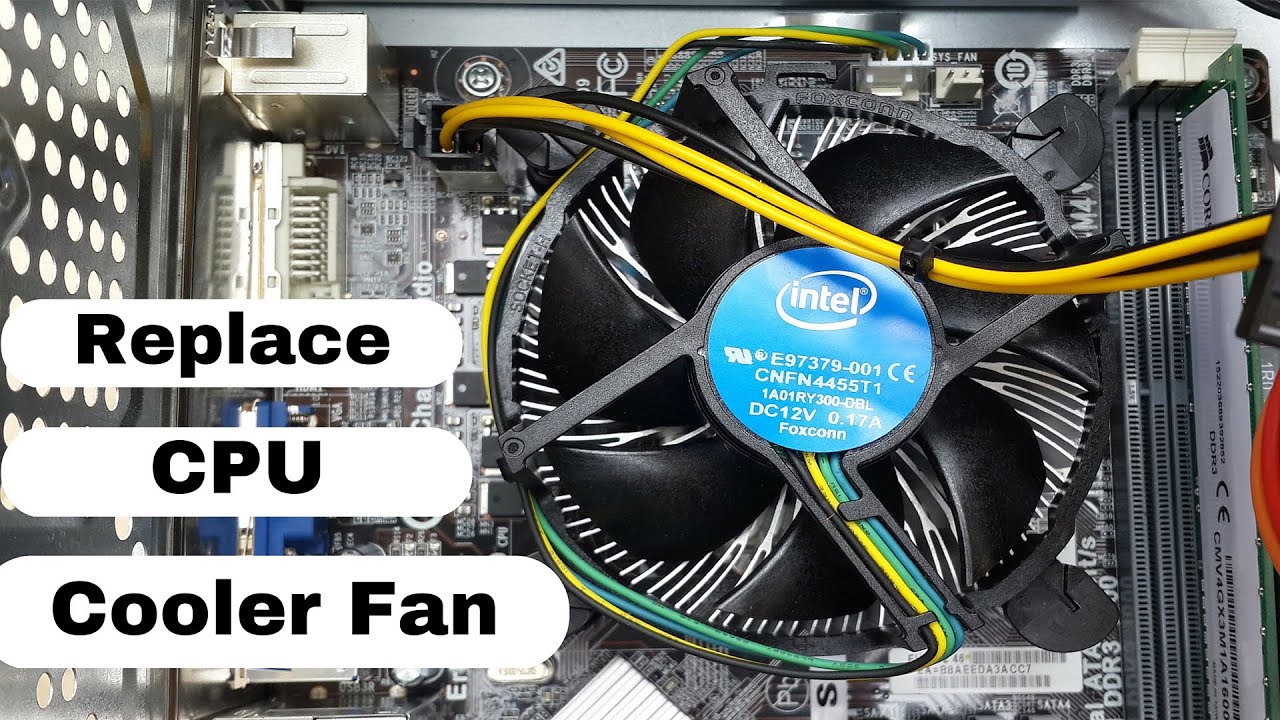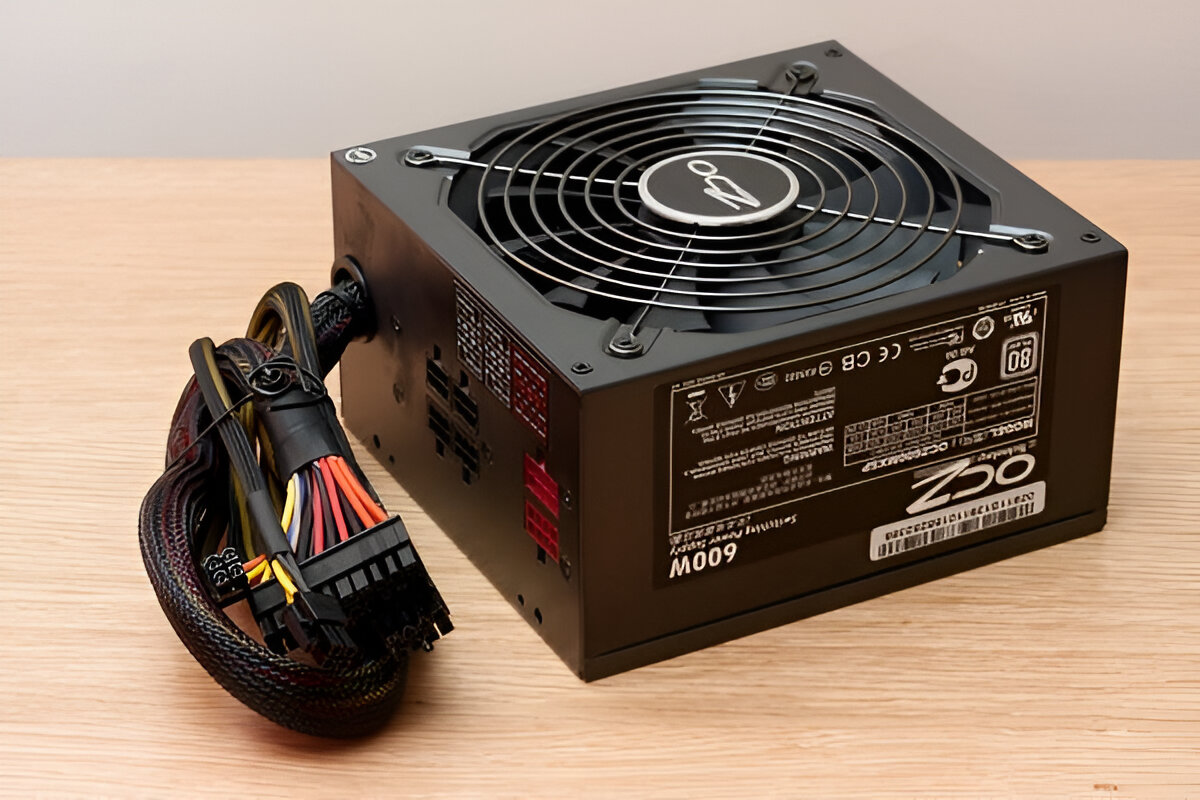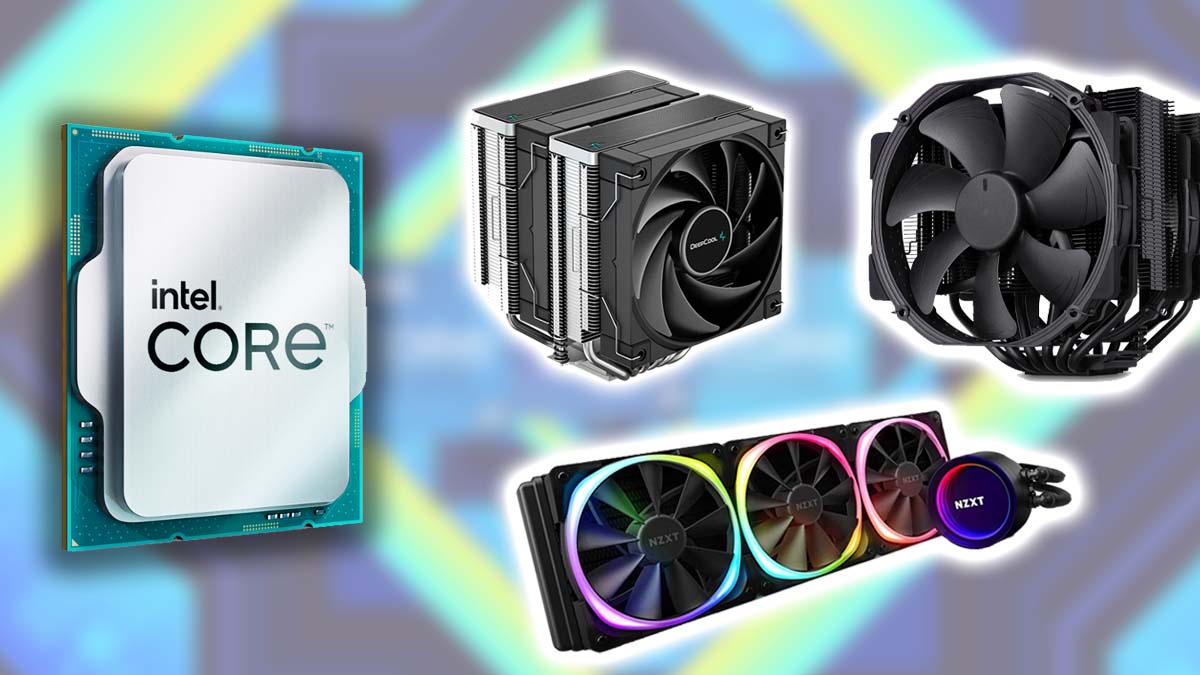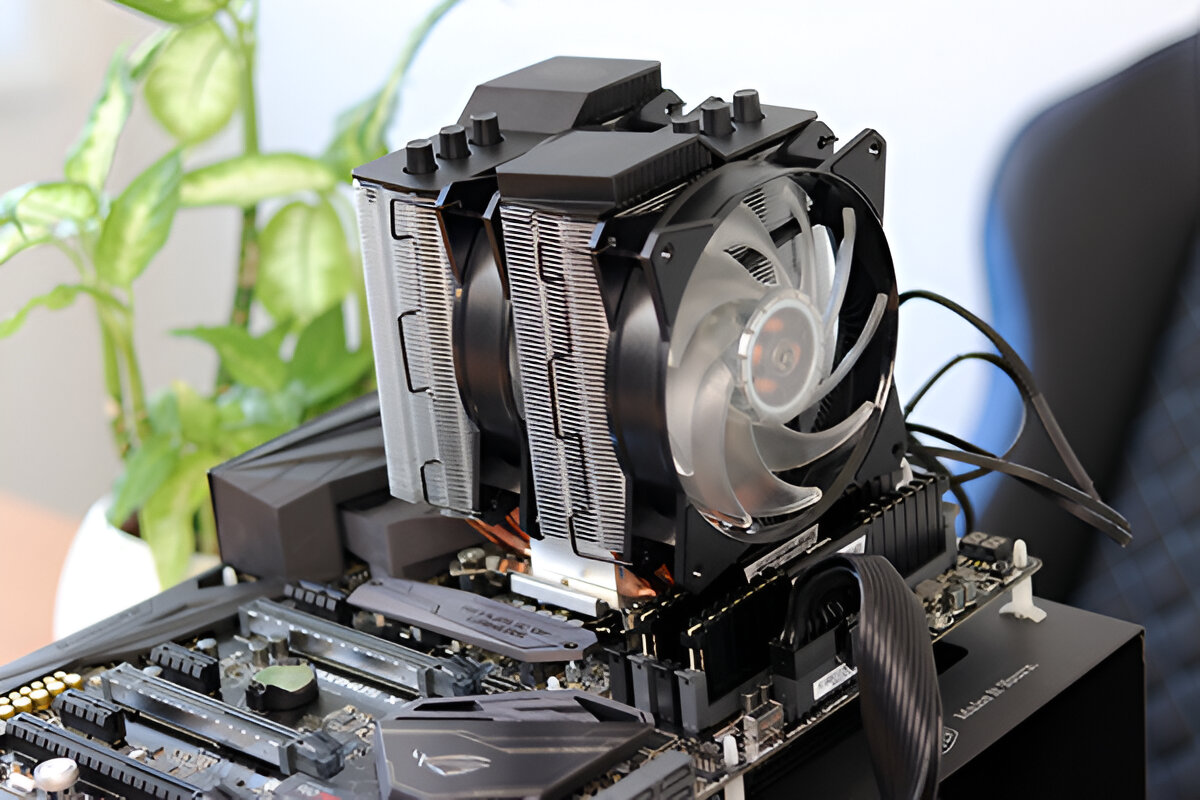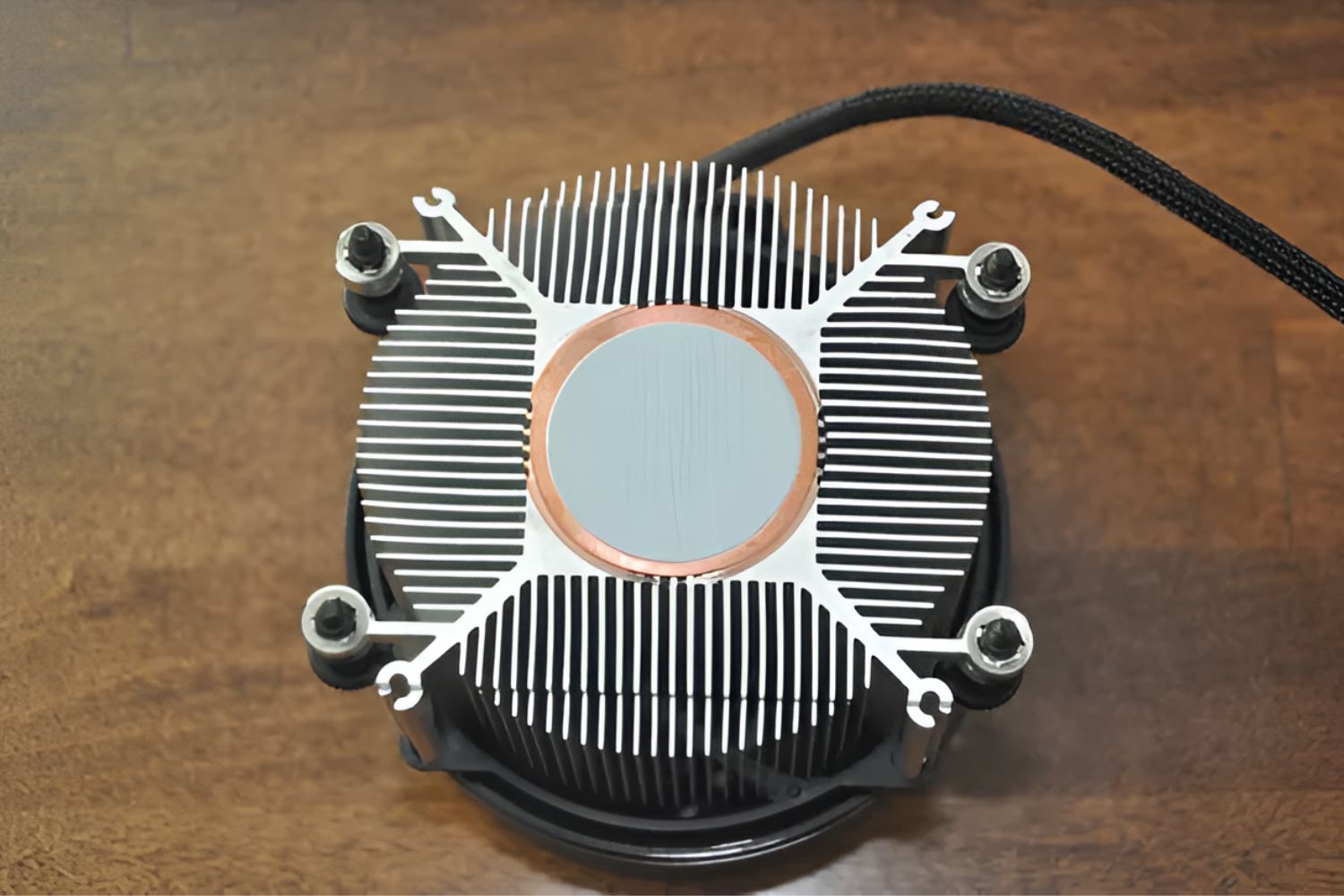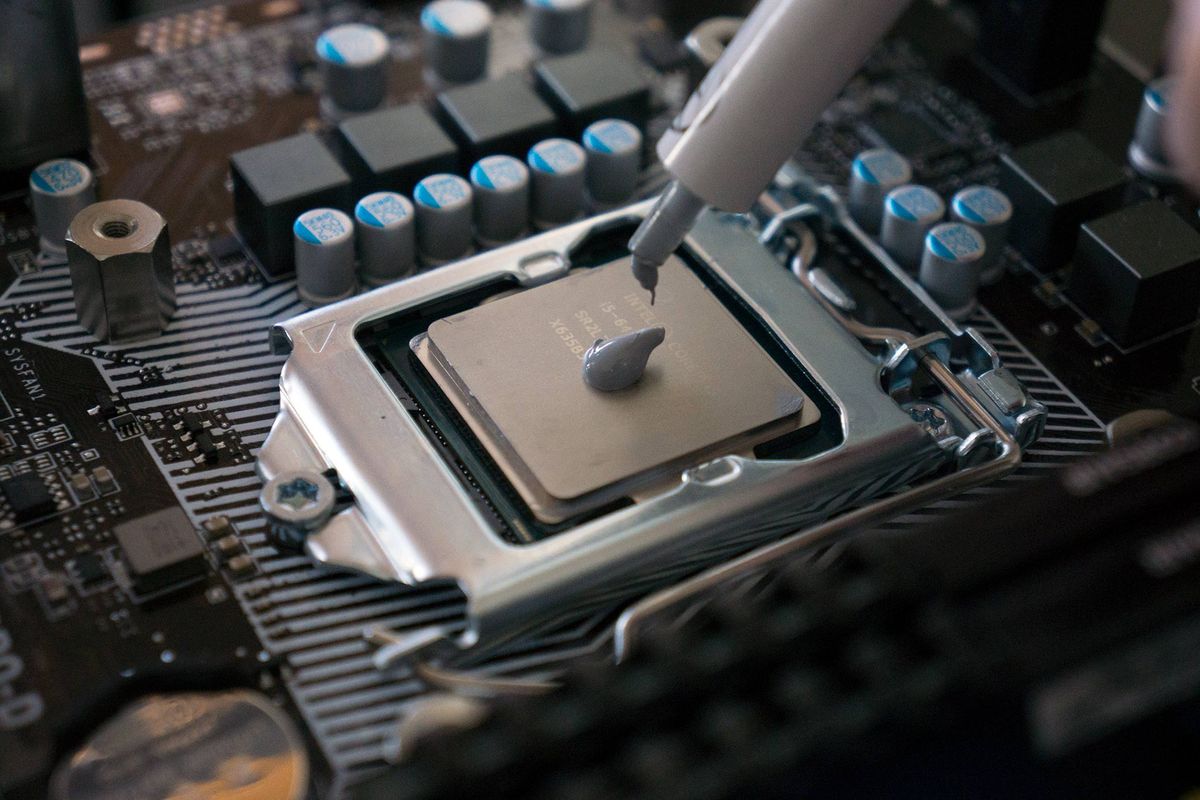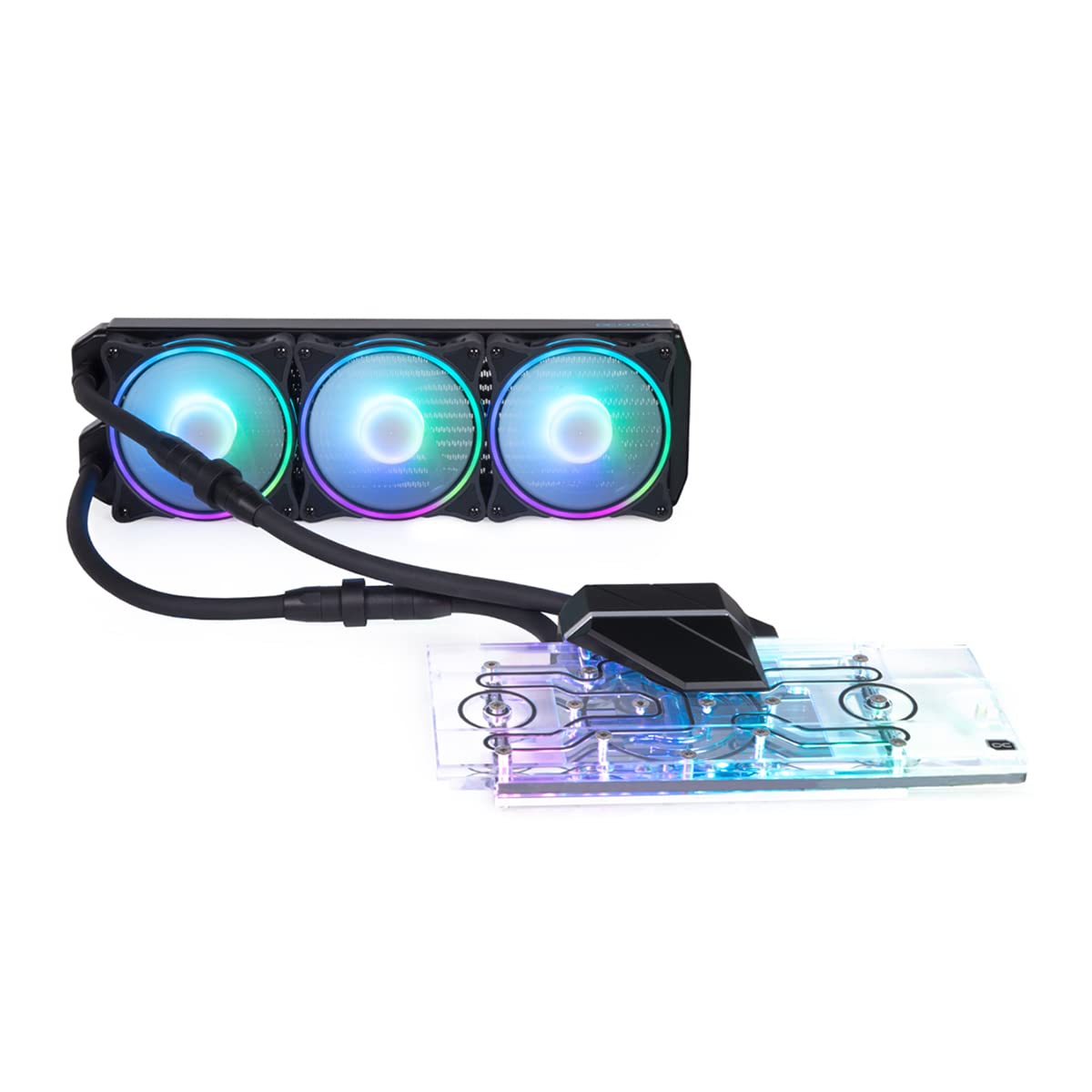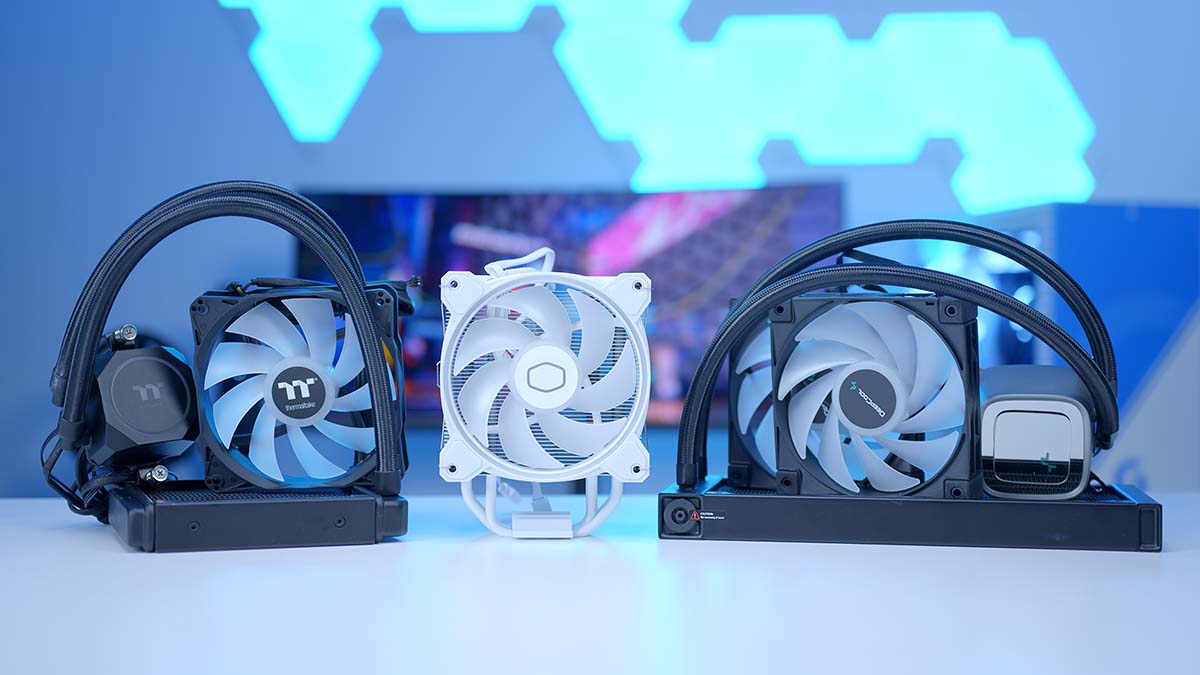Introduction
The thermal paste, also known as thermal grease or thermal compound, plays a vital role in the cooling process of a computer’s central processing unit (CPU). It is a substance that is applied between the CPU and the heatsink or cooling element to fill microscopic gaps and enhance heat transfer. With the constant advancements in technology and the release of newer CPU models, many users wonder if they need to replace the thermal paste when installing a new CPU cooler.
Before we dive into the answer, let’s understand the function of thermal paste and why it is important. Thermal paste is a thermally conductive compound that improves the contact between the CPU and the cooler. It helps dissipate heat generated by the CPU, preventing overheating and ensuring optimal performance. Over time, the thermal paste can degrade and dry out, reducing its effectiveness. This degradation can occur due to frequent temperature changes, dust particles, or simply from aging.
The question of whether the thermal paste needs to be replaced when installing a new CPU cooler depends on various factors. If you are upgrading your CPU cooler or disassembling your computer for maintenance, it is generally recommended to replace the thermal paste. This ensures that you have optimal heat transfer and reduces the risk of air pockets or uneven application of the compound.
However, if you are installing a new CPU cooler on a brand-new system or have recently applied thermal paste, you may not need to replace it immediately. In such cases, it is advisable to monitor the CPU temperatures after installation to ensure that the cooling performance is satisfactory. If you notice unusually high temperatures or poor heat dissipation, it may be an indication that the thermal paste needs to be replaced.
Replacing the thermal paste is a relatively simple task and can greatly improve the cooling efficiency of your CPU. In the following sections, we will discuss when and how to replace the thermal paste when installing a new CPU cooler.
What is thermal paste?
Thermal paste, also known as thermal grease or thermal compound, is a substance that is applied between the CPU and the heatsink or cooling element in a computer. Its primary purpose is to improve the thermal conductivity between these two components, ensuring efficient heat transfer and preventing the CPU from overheating.
Thermal paste is a paste-like substance that is typically composed of a mixture of silicone compounds and metal particles, such as silver, aluminum, or diamond dust. These metal particles help fill microscopic imperfections on the surface of the CPU and the heatsink, creating a more uniform contact and enhancing the heat transfer process.
The CPU generates a significant amount of heat when it is in operation. If left unchecked, this heat can cause the CPU to malfunction or even permanently damage the hardware. The role of thermal paste is to bridge the gap between the CPU and the heatsink, minimizing air pockets and ensuring optimal contact between the two surfaces.
Thermal paste serves as a medium through which heat from the CPU is efficiently transferred to the heatsink. Heat energy moves from the CPU, through the thermal paste, and into the metal of the heatsink, which then disperses the heat into the surrounding air using its large surface area and airflow from cooling fans.
It’s important to note that thermal paste is a consumable and its effectiveness can degrade over time. Factors such as repeated temperature fluctuations, dust accumulation, and the natural aging process can cause the thermal paste to dry out or become less efficient. When this happens, the thermal conductivity between the CPU and the heatsink is reduced, leading to higher CPU temperatures and potentially affecting the overall performance and stability of the system.
Regularly replacing the thermal paste helps maintain optimal heat transfer and ensures that your CPU remains within safe temperature limits. In the next section, we will explore why thermal paste is important for the cooling process of a CPU.
Why is thermal paste important?
Thermal paste plays a crucial role in the cooling process of a computer’s central processing unit (CPU). It is an essential component that facilitates efficient heat transfer between the CPU and the heatsink or cooling element. Here are a few key reasons why thermal paste is important:
1. Enhances heat conductivity: The primary purpose of thermal paste is to improve the thermal conductivity between the CPU and the heatsink. By filling in microscopic gaps and imperfections on the surface, thermal paste ensures better contact between the two components. This helps in transferring heat quickly and efficiently, preventing the CPU from overheating.
2. Reduces air pockets: When the CPU and the heatsink are not in direct contact, air gaps can form between them. These air pockets act as thermal insulators and hinder the efficient transfer of heat. Thermal paste helps minimize these air pockets, creating a more uniform contact and maximizing the heat transfer between the CPU and the heatsink.
3. Prevents hotspots: Without thermal paste, the CPU may experience uneven distribution of heat, leading to hotspots. Hotspots are localized areas where heat accumulates, causing increased temperatures and potentially damaging the CPU over time. The application of thermal paste ensures a more even distribution of heat, reducing the risk of hotspots and maintaining consistent temperatures across the CPU.
4. Maintains CPU performance: Excessive heat can adversely affect the performance and stability of the CPU. If the CPU overheats, it may not be able to operate at its full potential, resulting in slower processing speeds and potential system crashes. By effectively dissipating heat, thermal paste helps maintain optimal CPU temperatures, ensuring smooth and reliable operation.
5. Extends the lifespan of the CPU: Overheating is one of the main factors that can shorten the lifespan of a CPU. By keeping temperatures in check, thermal paste helps prevent thermal stress and extends the longevity of the CPU. It aids in maintaining a stable and cool operating temperature, allowing the CPU to function optimally for a longer period.
6. Easy and cost-effective maintenance: Replacing thermal paste is a simple and cost-effective maintenance task. By regularly replacing the thermal paste, you can ensure that the CPU remains adequately cooled, maximizing its performance and lifespan. It is a small investment of time and effort that can have a significant impact on the overall performance and longevity of your computer system.
Now that we understand the importance of thermal paste, let’s explore whether it needs to be replaced when installing a new CPU cooler.
Does the thermal paste need to be replaced when installing a new CPU cooler?
One common question that arises when installing a new CPU cooler is whether the thermal paste needs to be replaced. The answer to this question depends on several factors, including the age of the existing thermal paste, the condition of the CPU and heatsink, and the specific circumstances of the installation.
If you are upgrading your CPU cooler or performing maintenance on your system, it is generally recommended to replace the thermal paste. Over time, thermal paste can degrade and lose its effectiveness due to temperature fluctuations, dust accumulation, and natural aging. Replacing the thermal paste ensures optimal heat transfer and minimizes the risk of air pockets or an uneven application of the compound.
However, there are a few scenarios where replacing the thermal paste may not be necessary. If you are installing a new CPU cooler on a brand-new system or have recently applied thermal paste, you might not need to replace it immediately. In these cases, it is advisable to monitor the CPU temperatures after installation. If you notice unusually high temperatures or poor heat dissipation, it may be an indication that the thermal paste needs to be replaced.
It’s worth noting that some CPU coolers come with pre-applied thermal paste. In such instances, there is no need to replace the thermal paste unless specifically recommended by the manufacturer or if you encounter issues with cooling performance.
Ultimately, the decision to replace thermal paste when installing a new CPU cooler depends on the specific circumstances and your individual preference. However, it is generally considered a good practice to replace the thermal paste during CPU cooler installations or system maintenance to ensure optimal thermal performance.
Next, we will discuss when you should consider replacing the thermal paste and the signs that indicate it is time for a replacement.
When should you replace the thermal paste?
Replacing the thermal paste is not only important when installing a new CPU cooler, but it is also necessary to ensure optimal cooling performance and prevent potential issues with your CPU. Here are some situations in which you should consider replacing the thermal paste:
1. Aging or degraded thermal paste: Thermal paste can deteriorate over time due to factors like temperature fluctuations, dust accumulation, and natural aging. If your computer has been running for a few years without a thermal paste replacement, it’s a good idea to consider replacing it. Signs of an aged or degraded thermal paste include dryness, cracking, or uneven texture.
2. High CPU temperatures: If you notice consistently high CPU temperatures during normal usage or while performing tasks that should not be demanding, it might indicate that the thermal paste is no longer effectively transferring heat. Replacing the thermal paste can help lower the CPU temperatures and improve overall system performance.
3. Poor heat dissipation: Inefficient heat dissipation from the CPU cooler is another indication that the thermal paste may need replacement. If you find that the CPU cooler is struggling to cool the CPU adequately, even after cleaning and ensuring proper airflow, it is worth considering a replacement of the thermal paste.
4. Upgrading the CPU cooler: When you are upgrading your CPU cooler, it’s generally recommended to replace the thermal paste. This ensures that you have a fresh layer of thermal paste to provide optimal contact and heat transfer between the new cooler and the CPU.
5. System maintenance or disassembly: If you are performing maintenance tasks on your system or disassembling it for any reason, it is a good opportunity to replace the thermal paste. This allows you to ensure that the CPU remains adequately cooled and avoid potential issues due to dried-out or degraded thermal paste.
6. Reinstallation or reseating of the CPU: Whenever you reinstall or reseat the CPU, it’s a best practice to apply fresh thermal paste. This helps address any air pockets or uneven application that may have occurred during the removal and reinstallation process.
It’s important to note that these are general guidelines, and the need for thermal paste replacement may vary depending on the specific circumstances and individual preferences. Monitoring CPU temperatures and considering the age and condition of the thermal paste can help determine whether it needs replacement.
In the next section, we will discuss how to replace the thermal paste when installing a new CPU cooler.
How to replace the thermal paste when installing a new CPU cooler?
Replacing the thermal paste when installing a new CPU cooler is a straightforward process. Here are the steps to follow:
1. Gather the necessary tools: Before you begin, gather the tools you’ll need, which typically include isopropyl alcohol, lint-free cloths or coffee filters, a thermal paste applicator (or a small plastic card), and of course, the new CPU cooler.
2. Shut down and unplug your computer: Make sure to shut down your computer and unplug it from the power source to avoid any electrical mishaps. It’s also a good idea to ground yourself by touching a metal object to discharge any static electricity.
3. Remove the old CPU cooler: Carefully remove the old CPU cooler by unscrewing it from the motherboard. Detach any cables or brackets that may be connected to it, ensuring that you don’t damage any components in the process.
4. Clean the CPU and heatsink: Use a small amount of isopropyl alcohol and a lint-free cloth or coffee filter to clean the old thermal paste from both the CPU and the heatsink. Gently wipe away any residue, ensuring that both surfaces are clean and free from any debris.
5. Apply a new layer of thermal paste: Apply a small pea-sized amount of thermal paste onto the center of the CPU. Spread the paste evenly across the CPU using a thermal paste applicator or a small plastic card. Make sure not to use too much paste, as it can cause overflow and create a mess.
6. Install the new CPU cooler: Carefully place the new CPU cooler onto the CPU. Ensure that the mounting brackets align with the holes on the motherboard. Gently press the cooler down, making sure it is securely fastened and evenly distributed on top of the CPU.
7. Secure the CPU cooler: Use the provided screws or brackets to secure the CPU cooler in place. Make sure not to overtighten the screws, as this can damage the motherboard or CPU. Follow the manufacturer’s instructions for proper installation and tightening guidelines.
8. Reconnect any cables or brackets: Once the CPU cooler is securely installed, reconnect any cables or brackets that were previously disconnected. Ensure all connections are snug and secure.
9. Power on and monitor temperatures: Plug in your computer and power it on. Monitor the CPU temperatures to ensure that the thermal paste replacement has improved the cooling performance. If temperatures remain high or show no significant improvement, it may be worth double-checking the application of the thermal paste or seeking further assistance.
It’s worth mentioning that the specific steps may vary depending on the CPU cooler and motherboard you have. Therefore, it’s essential to consult the manufacturer’s instructions for your specific hardware.
With these steps, you can confidently replace the thermal paste when installing a new CPU cooler and ensure optimal cooling performance for your system.
Conclusion
Thermal paste plays a critical role in the cooling process of a computer’s central processing unit (CPU). It ensures proper heat transfer between the CPU and the cooling element, preventing overheating and maintaining optimal performance. When installing a new CPU cooler, it is generally recommended to replace the thermal paste to ensure optimal cooling efficiency.
Replacing the thermal paste is important in situations where the existing paste is aged, degraded, or not providing effective heat dissipation. It is also necessary when performing system maintenance or upgrading the CPU cooler. By replacing the thermal paste, you can maximize heat conductivity, reduce air pockets, and maintain consistent CPU temperatures.
To replace the thermal paste, follow these steps: shut down and unplug your computer, remove the old CPU cooler, clean the CPU and heatsink, apply a new layer of thermal paste, install the new CPU cooler, secure it in place, reconnect any cables or brackets, and then power on your computer and monitor the temperatures to ensure improved cooling performance.
Remember, the need and frequency for thermal paste replacement may vary depending on factors such as usage, duration, and cooling system design. Regularly monitoring CPU temperatures and replacing the thermal paste as needed can help prevent overheating and maximize the lifespan of your CPU.
Overall, maintaining proper cooling is crucial for the longevity and performance of your computer system. By taking the necessary steps to replace the thermal paste when installing a new CPU cooler, you can ensure efficient heat transfer and keep your system running smoothly for years to come.







